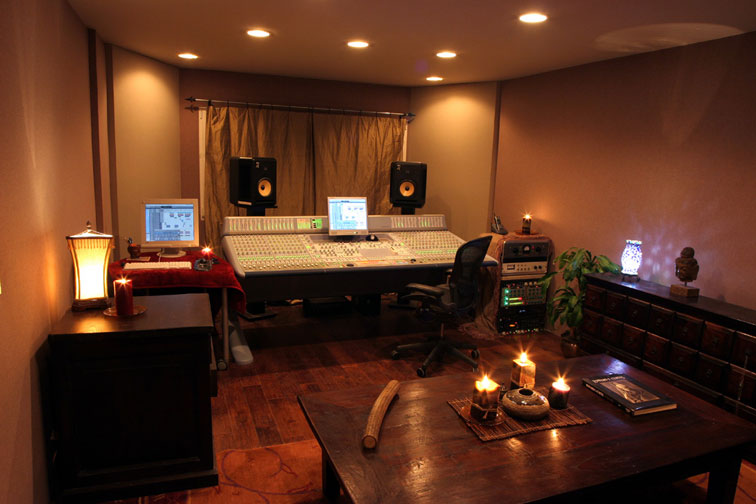
Mike Shipley’s Animal House Studios
Years ago my good friend Rich Nevens called me and asked if I’d be interested in designing a studio for Mike Shipley. Mike was looking for a new thing and since we’d worked together at Westlake in the 90’s, Rich thought it was good fit.
Mike had just re-invented himself. After years of working with Mutt Lange creating Shania Twain’s sound, he left upstate NY and Mutt’s private studio, moved to Los Angeles, got divorced and bought a house in Studio City. After decades mixing on an SSL 4K he was perhaps the first prestigious engineer to mix music on a Digidesign Icon. Mike started producing bands, and began designing his own speakers.

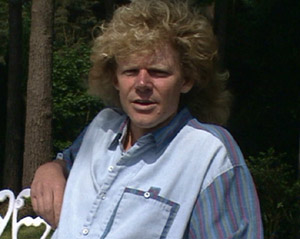
Everyone around him had whiplash from all the dramatic changes, yet Mike was on fire. He was full of energy, vibrant, and amped up about music like never before. It was beautiful to watch and infectious to be around. He was only interested in new things; new technology, new artists, new everything, and most importantly, new ways of making records. It was fantastic, fun and inspiring to watch him basically start all over again with a fearless excitement.
So I meet him at the house/future studio and Mike says “I want something new. I want to convert this room into a studio but I want it to be a warm, vibey, living room kinda hangout. Some sort of asian motif, candles, icons, completely vibey, like a womb. Not like Record Plant or Real World or Mutt’s place. Something new. I don’t want the same thing; no angled walls, no clouds, no sound locks, a complete departure from everything I’ve spent a lifetime working in. I want a huge window right in front of my speakers and I want it to open so I can get fresh air whenever I want it. Let my cat hop in and out of the window into the front yard from the studio. And if I piss off the neighbors being too loud, I’ll go over and make friends with them and apologize. I’m tired of being in dark grey boxes with no light and air. I want this studio to be airy, yet warm and able to open up to nature, natural daylight and fresh air at an instant. And of course I need it to sound as good as Record Plant or Peter’s place (Real World Studios). I’m just tired of flying all the time to NY or the UK. With Protools, the Icon, hard drives and a T1 line, I can transfer files anywhere in the world and never have to leave my studio.”
It was a great idea. Mike’s download of a completely new vision of a studio was refreshing and more than a little unexpected. Not to say that Mike is the first person to want a vibey room, but to expect World Class Acoustics in basically a large rectangular room in a residential conversion with a huge piece of flat glass in a window was setting the bar higher than it had ever been set before.
“So what do you think? Can it be done?” Mike asks me. “Sure” I say confidently, having absolutely no idea as to how, yet simultaneously absolutely sure it was possible…somehow.
“Great! I’ve got some mix deadlines and the console arrives in couple weeks so start right away. Talk to you in a few days.” Mike says casually like a studio design takes a few days. Of course I was thinking there’s no way anyone can do a studio design in a few days and have it built in two weeks, much less re-invent the wheel by building a rectangular studio without any acoustic issues in 14 days.
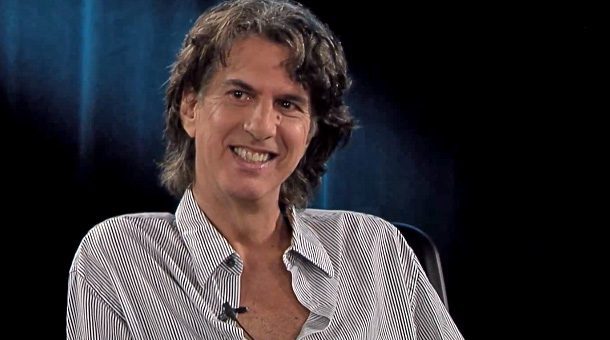
Trapezoidal rooms lined in absorption with clouds and bass traps, sound locks and floating floors was not just the norm, at that time it was truly the only way to achieve World Class Acoustics. Even the internet was a baby and for many years no one besides a pornsite called Danny’s Hard Drive was making money on it. (a friend of mine was the chief IT tech there) If silicon valley couldn’t make money in technology, how could we? But I didn’t want to let Mike down and as I also believe anything is possible, I immediately started working on Mike’s impossible design.
The best place to start? At the beginning; the roots of acoustics. Why are studios trapezoidal? Why line the room with fiberglass which everyone knows causes cancer and is terrible to breathe in? Why bass traps? Why do we do what we do, and how does that get us to where we want to be? Or does it?
I went back to basics. What was the reason for everything we’d all be doing in Studio Design for more than half a century? I literally asked why, why, and why again about every single aspect of what we now call traditional acoustics. After a few all nighters I had a concise, clear list of every negative acoustical anomaly and it’s solution in both architectural acoustics and physics.
The most fascinating fact was that absolutely every traditional acoustical design started the inevitability of negative acoustic anomalies; “here’s the inherent, genetic issues with ALL indoor spaces and here’s how to mitigate them.” I hate that word; mitigate. It starts with defeat and somehow tries to make it ok that the Titanic has already sunk to the bottom of the ocean but let’s try and bail out the water!
Every traditional acoustical design considers it a forgone conclusion that every indoor space had the acoustical equivalent of cancer and you could choose chemo, radiation or surgery, but every studio was born with cancer in the first place; that they’re all doomed to start with, and the only choice was to try and mitigate the inevitable negative acoustical anomalies that were destined to exist. It seemed to me that if we knew all the reasons why indoor spaces sound bad, then instead of taking an aspirin for the cancer, simply go upstream of the cancer and make sure it can never happen; design so the acoustical anomalies can never exist and then all is good. It’s John Connor and Skynet.
In theory the concept was sound. In the rest of the world outside of studio design, not a new concept. However, in acoustics it seemed like a foreign language which no one spoke; no one had tried it. People think of acoustics and studio design as “voodoo” or “magic”, while in truth it’s more like Music + Art, based in science and nature, driven by creativity.
However, a good concept without substance is what we call vaporware in Pro Audio. Great idea but where’s the actual product? Therein lay the next question: how do we create a real, buildable design which eradicates the root causes of acoustical issues before they can even exist? How can we do it better? How can we make it thinner, lighter, easier to build, and gain more square footage? How do we make it look fantastic or whatever the artist wants it to look like, while making it sound as good as Record Plant or Real World? How can we design an acoustical paradigm which works in any shape or size room; a living room, an office a bathroom, a car, a bus…..literally anywhere?
Now that the impossible question was asked, I was able to focus on finding a solution. Clearly it was out there somewhere, I just had to be creative enough to figure it out.
For the next week I sat in front of my drafting table (yes, my drafting table) and stared at a blank piece of vellum intently, without blinking. Literally stared at the paper like I was trying to burn a hole in it with my non-existent heat vision, while endlessly running variations of experimental acoustical design paradigms in my head, auralizing each one at a time in my mind’s ear.
Then as Steve Harvey calls it, I had the “aha” moment. All the pieces of the puzzle came together like stepping out of a fog into a sunny day. The silver bullet was to create a massive number of non-parallel surfaces crafted with meta-materials in a way that allows the designer to create an acoustical environment of any timbre or character one could imagine. It would be incredibly complex to design, hard to draft, needed refinement and in-depth research on specific materials and construction techniques, and of course the acoustical smoothing (think anti-aliasing for acoustics) needed to be invented. However, with the right design it could be easy to build with everyday materials. As I sat with the initial drawings I realized there what seemed like an endless number of design elements to be created, worked out and prototyped, but as the design progressed, it was clear the paradigm was rock solid.
After doing extensive research and due diligence to make sure no one else had done it before, I presented the concept to Mike. I told him that it had never been done before, and that though it looked great on paper, there’s no doubt that the only way to see if it works would be to built it. Mike said, “do you think it’ll work?” and I said, “I do. I really do.” And instantly Mike said, “Do it. Finish the design. I’m in all the way. Let’s make it work.”
The road from that day to an actual buildable set of construction documents was enormous, filled with a strange and fun new blend of materials and a new math which I was learning and creating at the same time. But in the end, thanks to a delay in the console’s delivery date, we were actually able to design and build the studio before the console even arrived. It turns out that Digidesign was in the same place we were, new technology being built for the first time and trying to deliver on time.
Mike’s studio at the Animal House was the first ZR Acoustics Studio in the universe, but at that time the name ZR didn’t even exist. We were so concerned to make sure that it worked, how it worked, and how it sounded, that nothing else mattered but getting the studio up and running.
The original design for Mike’s room was to create a completely neutral space, free of reflections, standing waves, bass buildup and resonances. Yet the long term concept was to create a design paradigm which could have it’s own acoustic signature, it’s own sound (due to an extremely large number of non-parallel surfaces). Very quickly we realized that the reason why traditional studios all sound different is because traditional design is unable to create two rooms that sound alike, or to create a neutral acoustical signature. After a few studios it became apparent that all our clients wanted the same acoustical neutrality of sound that Mike’s room had. Acoustic character was a thing of the past, and suddenly everyone wanted rooms that sounded like inaudible, clean and clear with no color from the room: Life-Like Imaging like a free field environment. Only the content and the sound of the speakers.
I still remember the first time Mike heard the room. The memory is clear as day, like it was yesterday. We’d finished construction, the studio was completely finished, flooring installed, lights working, beautiful, all clean and brand new, the ZR mysteriously built into the flat walls of a rectangular room. The console was still a week away from arriving, and Mike asked if he could setup a pair of speakers to listen. I told him it wouldn’t sound exactly the same as with the console installed but yes, it would give him a very real idea of the sound of the room. The next day he calls and says, “What the hell did you do?” with his british accent. At this point I can’t tell if he’s pissed or excited so I defer to pissed, and ask ‘what’s wrong?’ “Wrong? What’s wrong? I put up my speakers and the room sounds the same everywhere! Front, back, left, right, speakers close to the wall, 2 feet away from the front wall, 6 feet away, it sounds exactly the same everywhere and the bottom end never changes no matter where I put the speakers or where I stand!” I ask, “Isn’t that what we were trying to achieve?” “Well Yes! But how the Hell did you do that?” and Click, he hung up the phone just like that. The next day he called again and said he was up all night and couldn’t sleep because he listened to almost every mix he’d ever done in his life and was blown away by the clarity and detail of the sound of the room, even off a low grade cd walkman jacked into his KRK’s with an 1/8″ stereo headphone jack. “I don’t know how you did it, but it sounds fabulous. Really fabulous.” and Click, he hung up on me again. I figured it must be a thing when he’s excited.
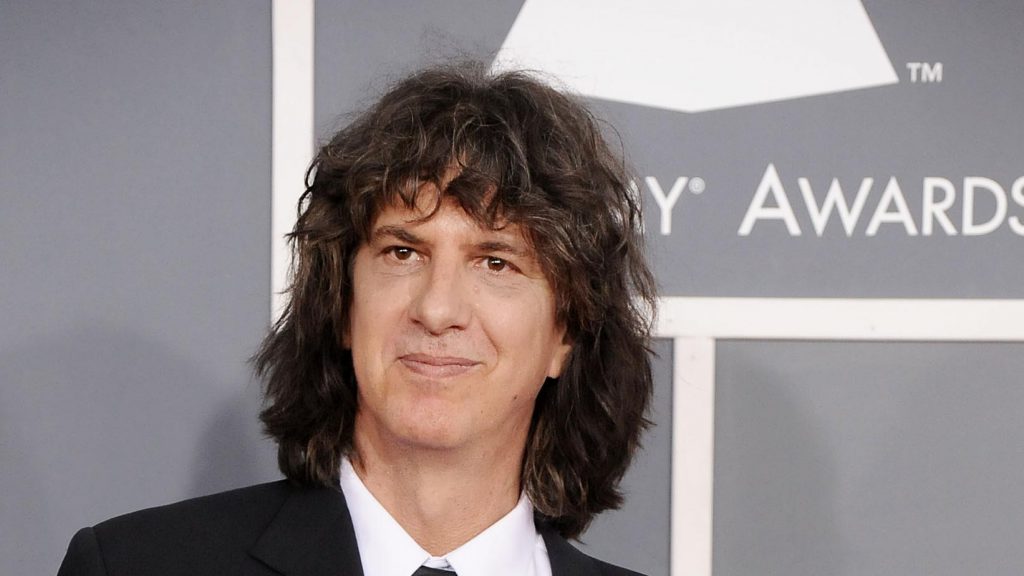
Mike at the Grammy Awards
Mike had amazing ears and a unique talent for creating music with great artists. He was fun, exciting, humorous and a good human. I miss listening to music with him while he’d tell me stories of each fabulous mix; how they crashed and burned into the ground so many times, and yet somehow every time they pulled a phoenix move, resurrected it from the dead and turned into a great mix, great music and even more than a few hit records.
You can say for every action there is a reaction. Or, you can say that thanks to Mike’s re-invention of his life and his beliefs, that anything’s possible.
Quantum Acoustics™ and ZR Acoustics® exist thanks to Mike’s drive for new technology and his belief in me.
Thanks Mike for always being on the cutting edge of music and music production. You are missed.
Peace, – H
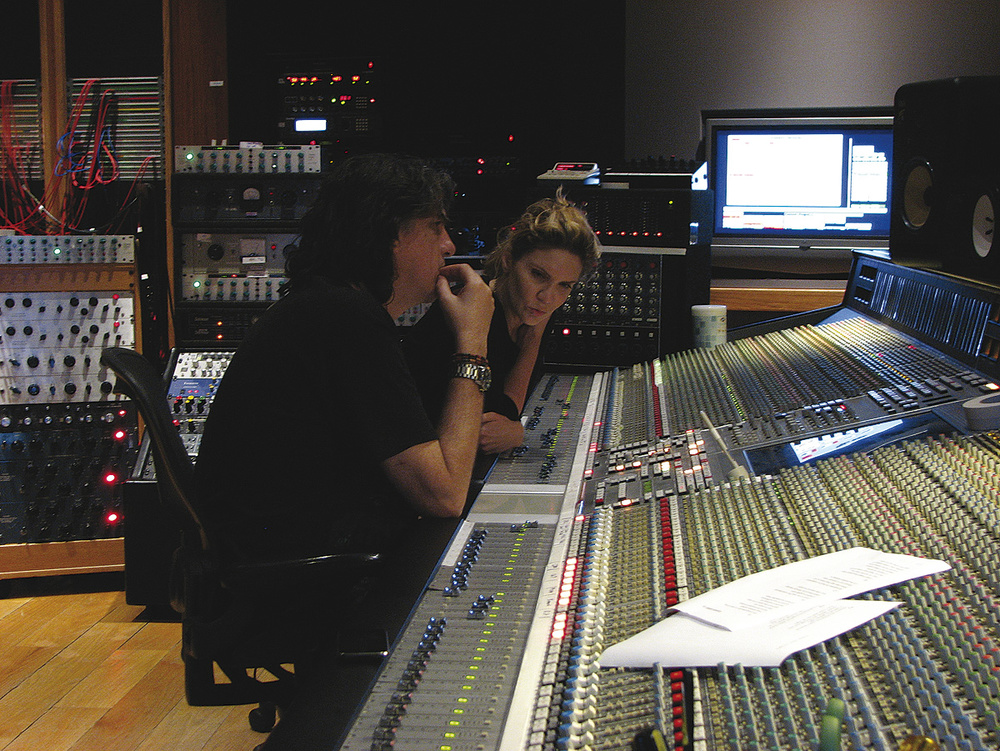
Mike Shipley and Allison Kraus
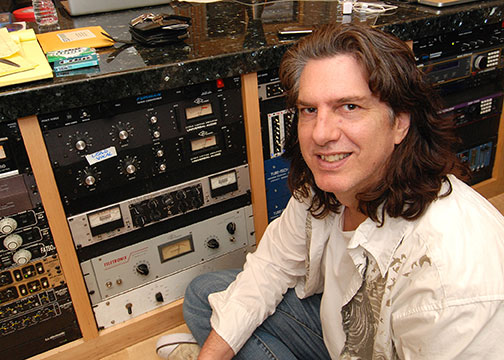
Mike tweeking an 1176